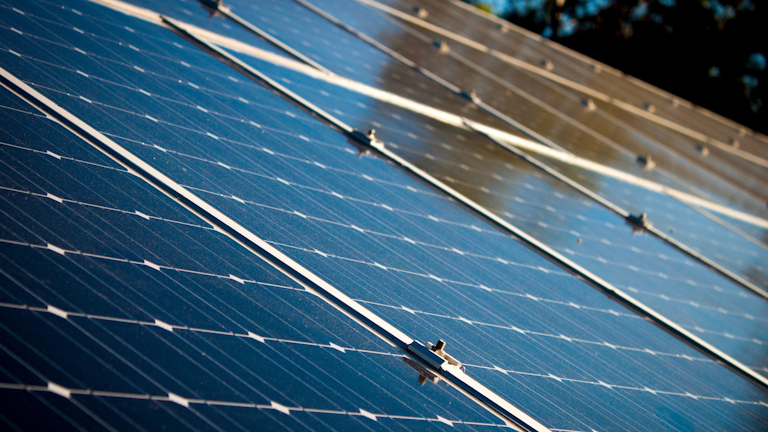Environmental Impact Rating Of Solar Panels

Whilst there are many negative environmental impacts to consider most of these are negligible.
Environmental impact rating of solar panels. Solar panels can take up large chunks of desert previously used by a host of wildlife from pronghorns and tortoises to coyotes and rattlesnakes. They are typically expressed as a plus or minus percentage. Photovoltaic pv solar cells or concentrating solar thermal plants csp. One of the key positive impacts that solar energy can have on the environment is the carbon reduction they offer.
The good news is that while the epbt of a solar panel is dependent on many factors the market is moving in the right direction. Let s shine a light on those environmental impacts and determine if the good outweighs the bad when it comes to solar energy and the environment. Without efficiency and reasonable limits to energy use solar and wind power only benefit the environment so much. The potential environmental impacts associated with solar power land use and habitat loss water use and the use of hazardous materials in manufacturing can vary greatly depending on the technology which includes two broad categories.
Solar power is not perfect but overall it provides a positive net environmental impact and financial impact. Nowadays measuring the environmental impact of photovoltaic or thermal solar panels is mandatory. Power tolerance indicates how the power output of a solar panel might differ from its nameplate rating. In 1970 the average energy payback time for solar panels was 40 years.
By 2010 that number had dropped to just six months. Environmental impact of solar energy is net positive. The environmental impact of solar panels. For example a 250 watt panel with a 5 power tolerance could actually produce anywhere from 237 5 watts to 262 5 watts under ideal conditions as 12 5 watts is 5 of 250 watts.
Solar energy comes with its own environmental challenges regarding land use water consumption emissions and the use of hazardous materials. This is primarily to ensure adequate life cycle management and compliance with standards but is also necessary for panel waste management and eligibility to participate in calls for tenders.









/Solarpanels-3156a12e053e49c88e4d7f53254fb8a8.jpg)


































